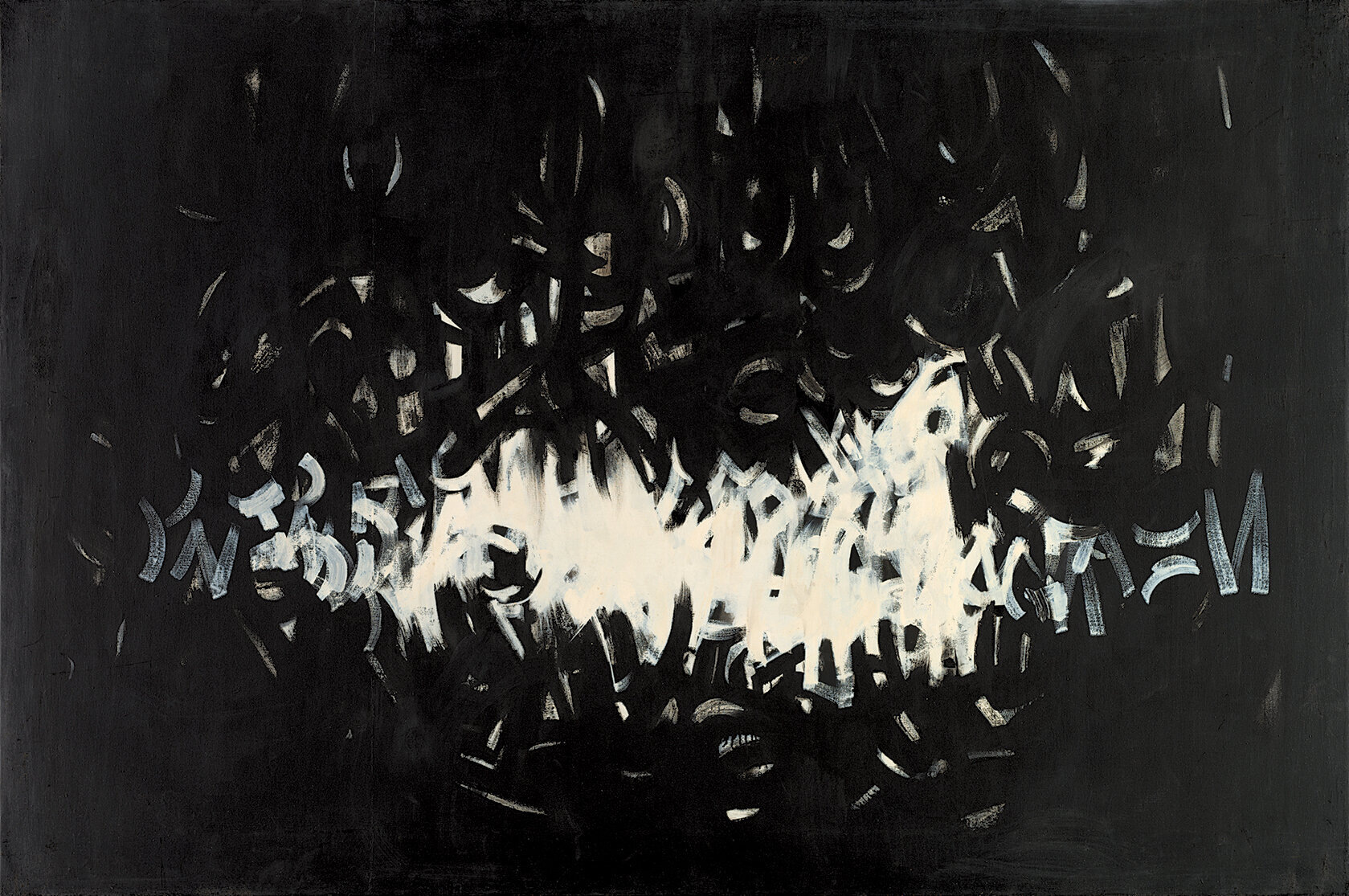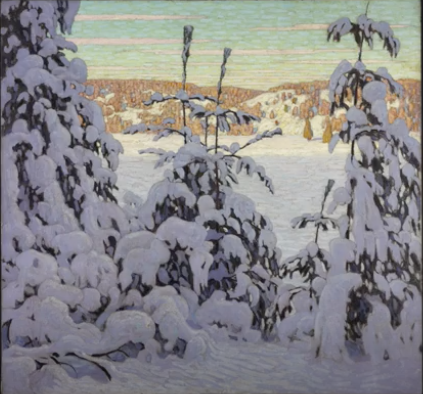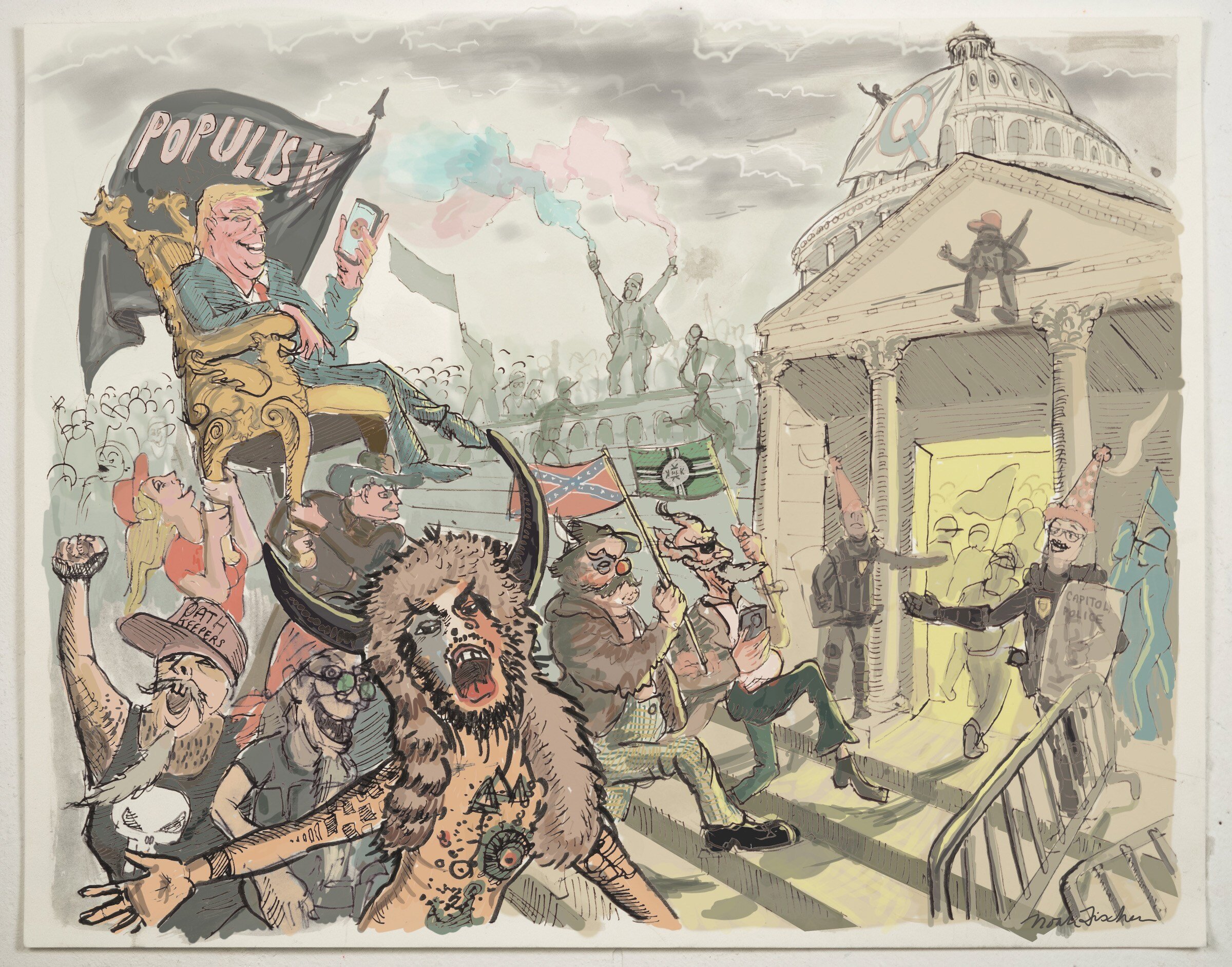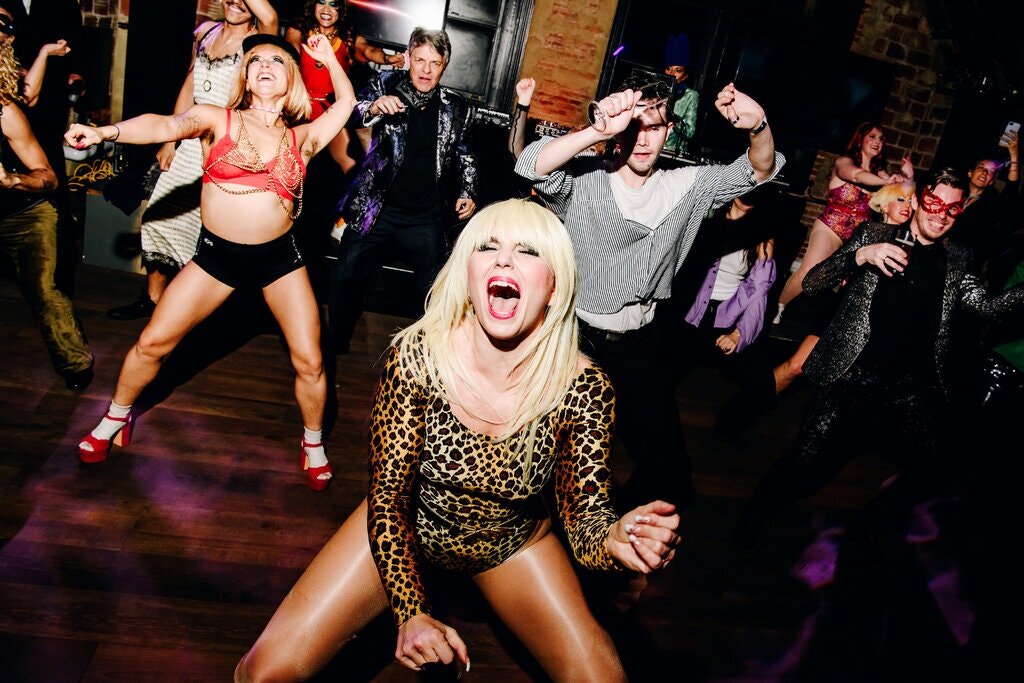Earlier this week I posted a #throwbackthursday photograph on Instagram (see below) from the final trip I took a year ago this week before the global pandemic shut down international travel. It was a photograph of me posed in front of Gustave Caillebotte's Paris Street, Rainy Day (1877) taken on February 14, 2020 by my husband Brian at the Art Institute of Chicago. My comment read in part that I had not stopped thinking about how I will never again take for granted the privilege of traveling to explore art and architecture in the world's great museums, galleries, and cities. As I went on to explain, travelling for research is the main reason I became an art historian, and that passion would evolve into leading students on international trips to the great art cities of the world, sharing with others in the adventure, discovery, and sheer joy of exploring and beholding art and visual culture in all kinds of contexts.
At the time Brian shot that photo of me in Chicago, I of course had no idea that this would be the last trip I would take anywhere outside of Canada. I also could not have foreseen the last of my regular February travels with my husband. For the past decade or more several important conferences in my field, that happily correspond with Valentine’s Day, have taken place in the middle part of February. That means that on almost any given recent Valentine’s Day week (going back many years), I would be spending the time of year most closely associated with love, doing what I love most, with the one I love most! I closed my Instagram post mentioning how I remain in gratitude for the thousands of photographs I have of days spent doing the thing that makes me happiest and feeling closest to whole. This realization has since really hit me and so I decided to dig up and share a small sample of my last five years of Valentine’s Days weeks.
In the gallery below, you will see five sets of three images—let’s call it the “Art Lovers” series— corresponding to trips made over Valentine’s Day week from 2016-2020. From top to bottom, you will find photographs from 2020 in Chicago; 2019 in New York City; 2018 in Los Angeles; 2017 in New York City; and 2016 in London, UK. Each photograph holds a special memory related to artists, art works, architecture, and visual culture I hold dear, and several feature my husband Brian—my forever travel partner—who happens to love art almost as much as me, and also has a keen eye for photography. Enjoy!
A Few More Things Before The Round Up:
Speaking of art and love, I have found that spending so much time working remotely from home has had me looking at the art on my walls with renewed attention. Like many of you, the urge to redecorate has taken hold, and I have found that simply reframing some of my older art works has been the refresher my home has needed. Needless to say the metaphor of “reframing” is powerful on many levels and can provide a much needed boost in unexpected ways.
And speaking of finding ways to cope and find a way through the difficulties of the pandemic, I want to recommend an excellent book I just finished up on the role of stress-reduction in maintaining mental and physical health—Melanie Greenberg’s The Stress-Proof Brain: Master Your Emotional Response to Stress Using Mindfulness and Neuroplasticity (2017).










The Art Angle Podcast: 5 Steamy, Whirlwind Romances That Changed Art History (PODCAST)
No great women artists? How Linda Nochlin tore apart the art historical narrative 50 years ago
Stan Douglas Painstakingly Recreates A Reimagined Life of New York's Original Penn Station
Once Overlooked, Black Abstract Painters Are Finally Given Their Due
Need Some Hugspiration? Here Are 4 of Art History’s Most Romantic Embraces
Pussy Riot: Russian protests are 'battle for hearts and minds'
A 25-Year-Old PhD Student Just Convinced Lego to Mass-Produce Van Gogh’s ‘Starry Night’
Food, Culture, and What’s Next: Marcus Samuelsson and Adam D. Weinberg in Conversation (VIDEO)




































































